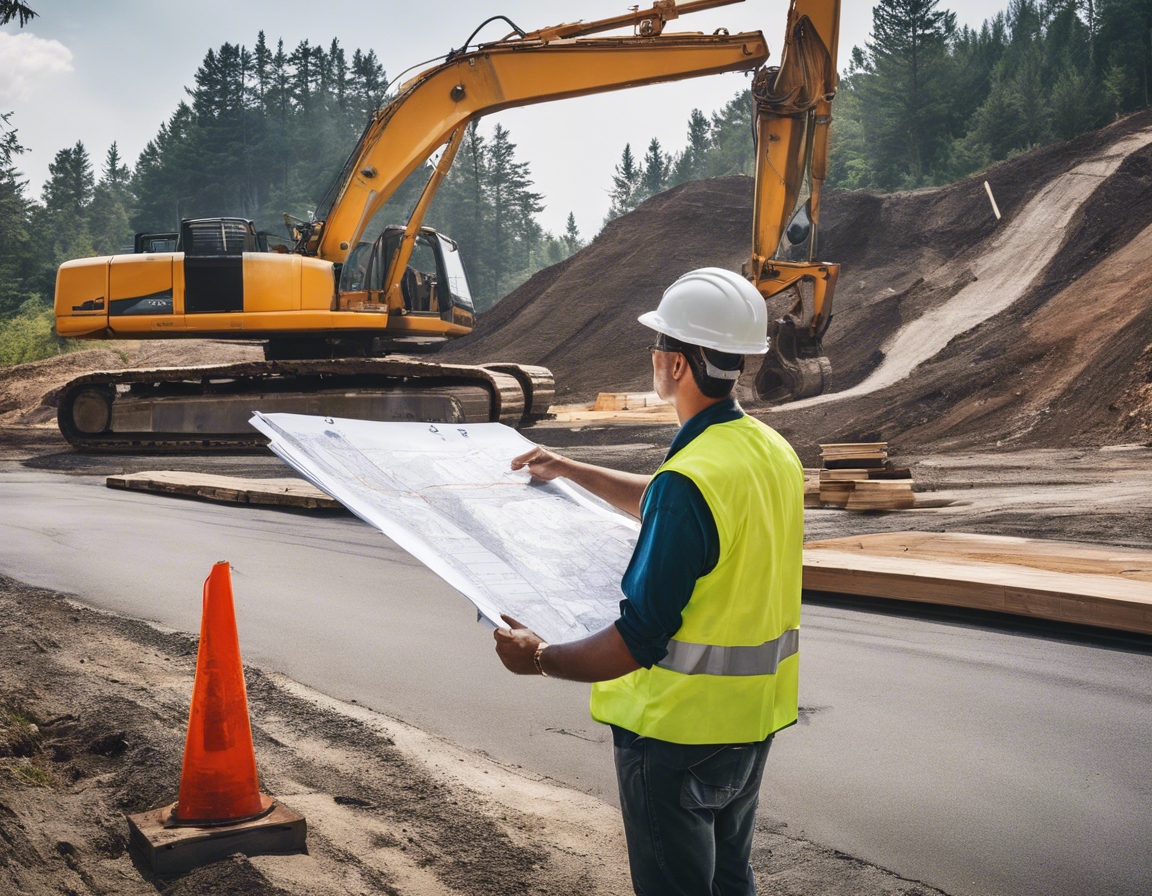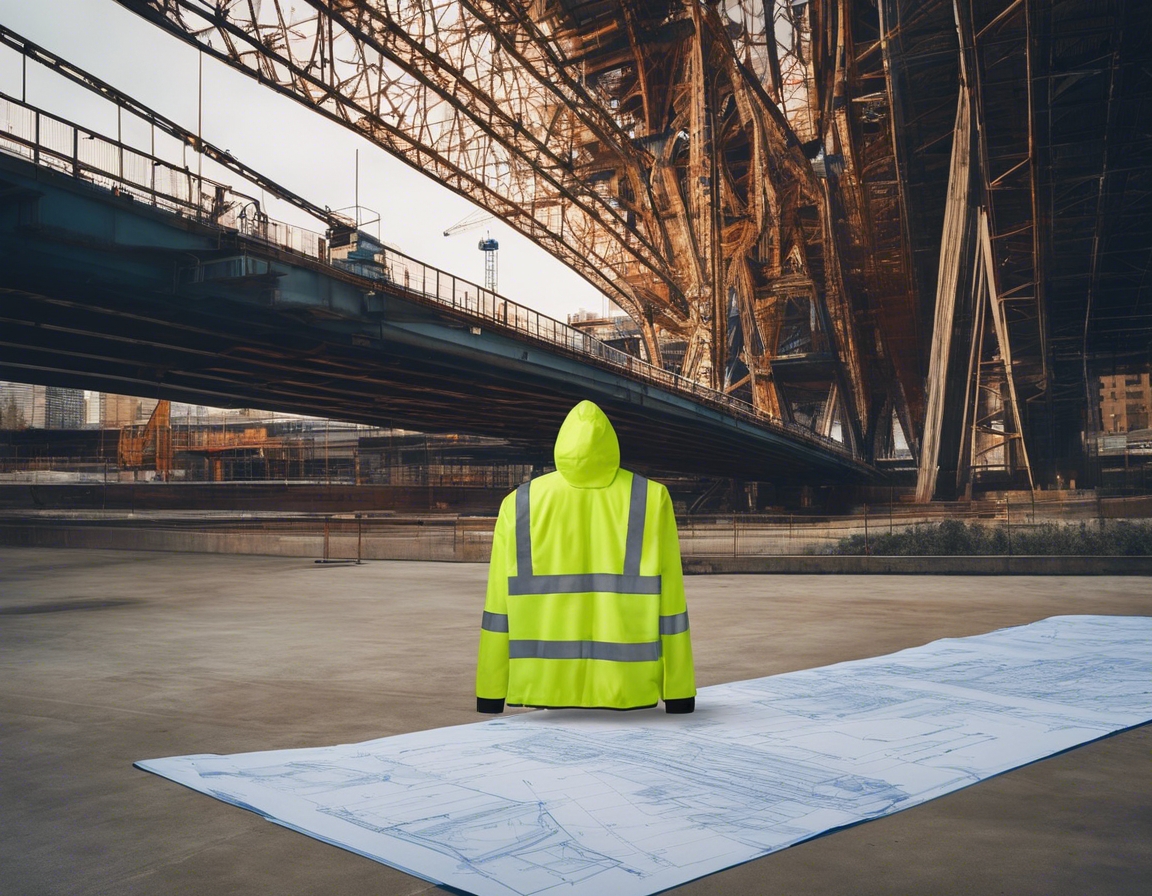The future of sustainable architecture
Sustainable architecture is a design philosophy focused on minimizing environmental impact, enhancing energy efficiency, and providing healthful environments for occupants. It is crucial for mitigating climate change and ensuring resource conservation for future generations.
The principles of sustainable design have evolved from simple energy conservation to a comprehensive approach that encompasses the entire lifecycle of a building, including its construction, operation, and eventual deconstruction or repurposing.
Emerging Trends in Sustainable Architecture
Biophilic design integrates natural elements into the built environment, promoting a connection between occupants and nature, which has been shown to improve well-being and productivity.
Net-zero buildings are designed to generate as much energy as they consume over the course of a year, becoming increasingly feasible through advancements in renewable energy and building efficiency technologies.
Adaptive reuse involves repurposing existing buildings for new uses, reducing waste and resource consumption. This practice is a cornerstone of the circular economy in architecture, which aims to keep materials in use for as long as possible.
Smart cities leverage technology to enhance the efficiency of urban services and connectivity, while urban farming introduces green spaces and local food production into cityscapes, contributing to sustainability and resilience.
Technological Innovations Shaping Sustainable Architecture
New materials such as self-healing concrete, aerogels, and nano-materials offer improved sustainability and performance characteristics for modern buildings.
Integrating renewable energy sources like solar, wind, and geothermal into building designs is essential for reducing reliance on fossil fuels and achieving net-zero energy goals.
BIM technology allows for the creation of digital representations of physical and functional characteristics of buildings, facilitating better design decisions and efficiency throughout the building's lifecycle.
3D printing in construction has the potential to revolutionize the way buildings are designed and built, offering possibilities for complex geometries, reduced material waste, and accelerated construction timelines.
Challenges and Opportunities
While sustainable architecture is gaining traction, regulatory frameworks and building codes must evolve to better support and incentivize sustainable practices.
Although initial costs can be higher, the long-term economic benefits of sustainable buildings, including lower operating costs and increased property values, make them a smart investment.
Education and awareness are key to driving demand for sustainable architecture. As more people understand the benefits, the market for green buildings will continue to grow.
International collaboration and the development of standardized practices are essential for the widespread adoption of sustainable architectural practices.






Comments (0)